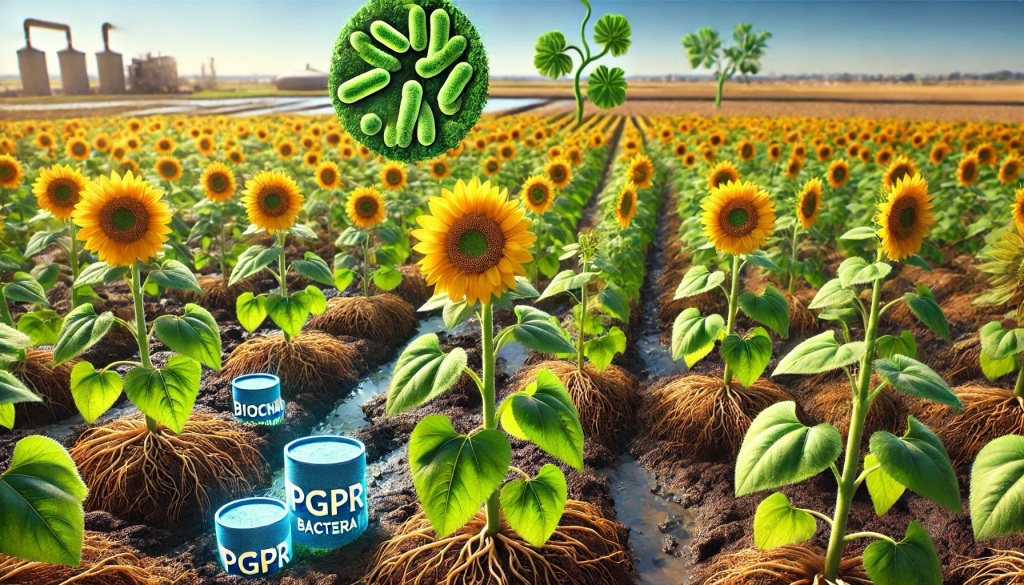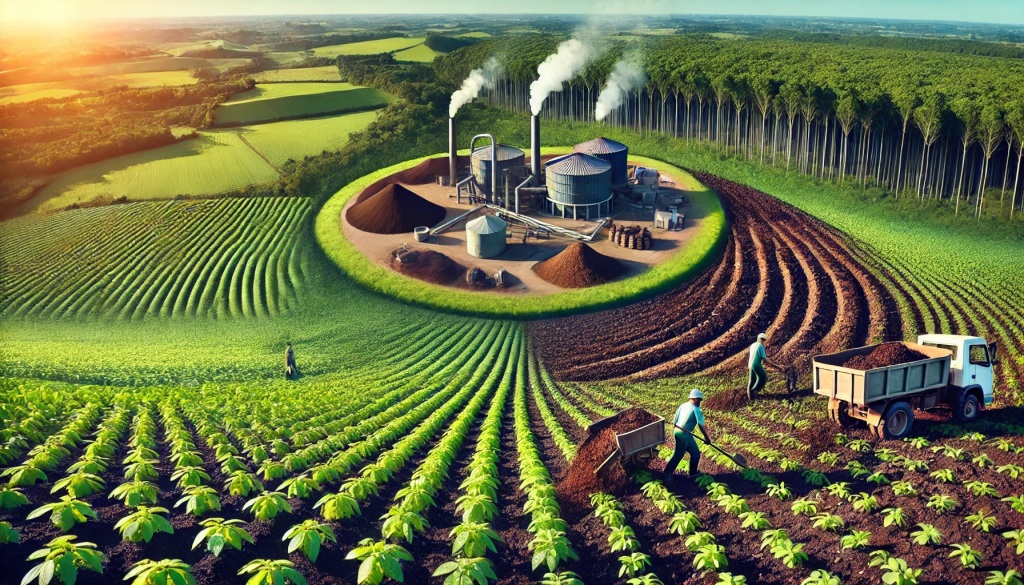Suratman, et al (2024) Comprehensive study of thermochemical conversion of biomass okara into biochar. Journal of Analytical and Applied Pyrolysis. https://doi.org/10.1016/j.jaap.2024.106594
A study published in the Journal of Analytical and Applied Pyrolysis delves into the conversion of biomass okara, a byproduct of soybean processing, into biochar using pyrolysis. The research, conducted by Adhitasari Suratman and colleagues, explores how drying methods, pyrolysis temperatures, and activating agents impact biochar characteristics.
The study reveals that non-thermal drying methods enhance the lignocellulose content of biomass, resulting in higher carbon content in the biochar. Pyrolysis, a process that thermally decomposes biomass in the absence of oxygen, was applied at temperatures above 500°C. It was found that acid-activated biochar produced at 800°C exhibited a structure similar to graphene oxide (GO).
Key findings indicate that the drying method of the biomass and the pyrolysis temperature significantly influence the physical and chemical properties of the resulting biochar. Additionally, the choice of activating agent determines the pore characteristics of the biochar. Advanced analytical techniques such as FT-IR, XRD, TGA-DSC, SEM, Raman spectroscopy, XRF, and surface area analysis confirmed these results.
This comprehensive approach highlights the potential of tailoring biochar properties for various applications, including environmental remediation and energy production. The study underscores the importance of considering multiple parameters simultaneously to achieve optimal biochar characteristics. Okara, with its high lignocellulose content, proves to be a viable and sustainable feedstock for biochar production, offering an efficient way to manage agricultural waste and contribute to environmental sustainability.






Leave a comment